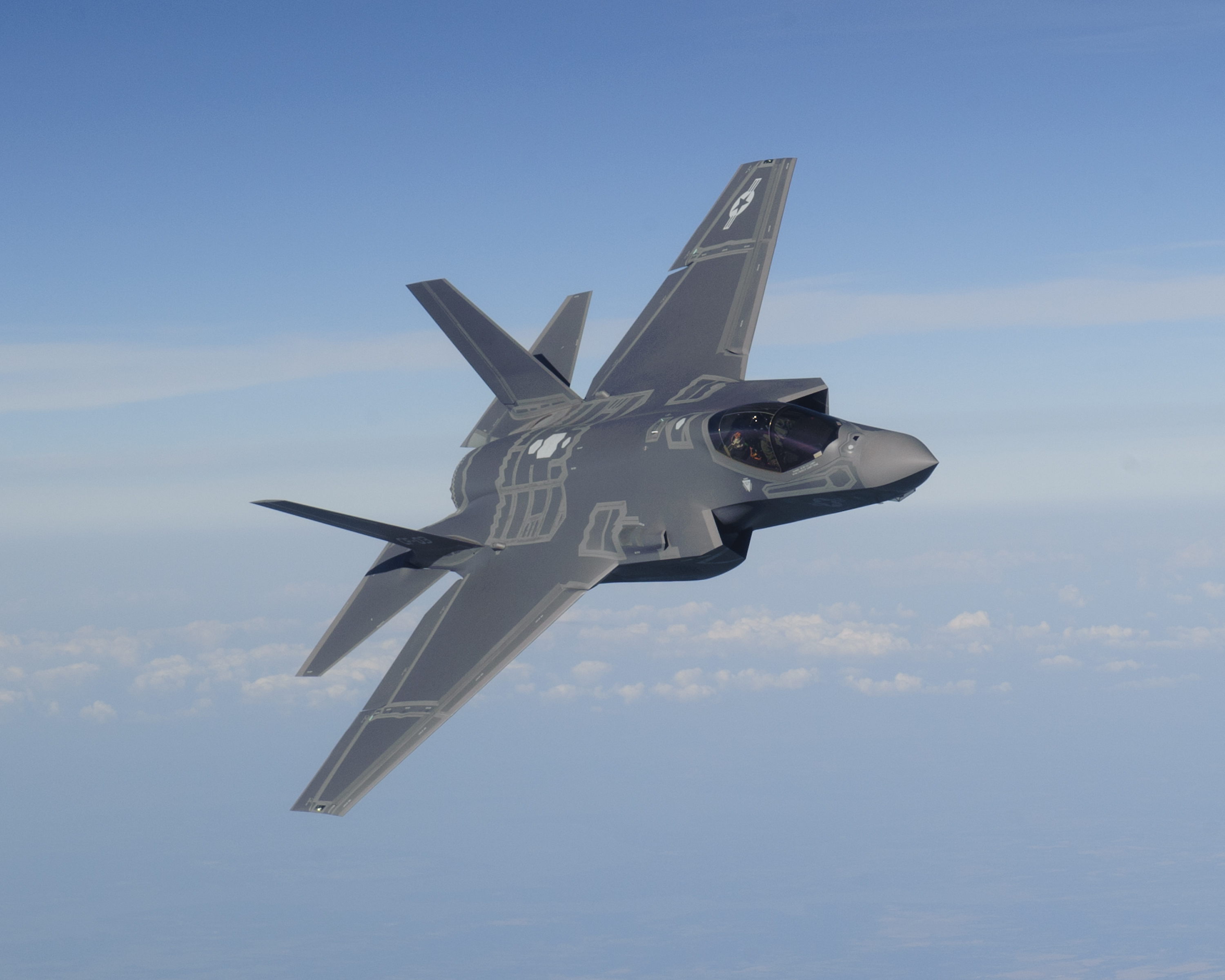Some of us are dreamers, others are planners and then there are people who live to execute. Research has shown, over and over again that it takes all 3 of these attributes to successfully reach any goal you may have set - "A vision without planning is daydreaming" and "A strategy without execution is a waste of planning". In this blog, we'd like to bring these factors together to successfully dream, plan and execute to reach any desired goal.
Friday, October 4, 2013
Excellence in Product Execution: The F-35 Joint-Strike-Fighter
One has to stop and think just how much time, energy and sheer willpower must have gone into making something like a 5th generation jet fighter- namely, the Lockheed Martin Joint Strike Fighter F-35 STOVL. This landmark project combines team expertise with sophisticated manufacturing, engineering and technological capabilities to create a product unlike any other. It is remarkable what a perfectly tuned orchestra of highly trained experts can accomplish given the right requirements, planning, funding and of course, a little bit of friendly competition.
Last year in May 2012, I was lucky enough to get on board the F-35. Well, it was actually a simulator used for pilots. I was told the pilots have to clock at least 500 hours on the simulator before they could even touch a real aircraft. What amazed me about the F-35 project was how the engineering team translated the government requirements into an elegant design which not only performs exactly up to the system specs but employs several innovative, no, "inventive" means to exceed customer expectations.
The manufacturing process is an art form by itself. Over 20,000 components built by over 1400 suppliers in over 10 different countries and yet every jet coming off the flight line performs exactly as intended. F-35 production strategy is based on flow-to-takt manufacturing implementation. Flow-to-takt is the movement of component assemblies, like wings and forward fuselages, from one build station to the next at a rate equal to the delivery rate. This production rhythm increases efficiencies, lowers costs and reduces span times while synchronizing the delivery of parts, timing of tasks and positioning of personnel to achieve standard work in each line position. The F-35 production strategy is already paying tremendous dividends. Production learning curves are beating legacy aircraft like the F-16.
Costs have come down 50 percent since the procurement of the first production aircraft, and the time it takes to build the F-35 has been reduced by nearly half. As the F-35 prepares to enter full rate production, these key manufacturing indicators are projected to continue to improve.
I had a chance to speak to the chief engineer about the F-35 product life-Cycle, below is a short summary of his thoughts:
Production
With components from global aerospace and defense industry leaders and a common production line for all three variants, the F-35 is the first international 5th Generation fighter. Production costs are declining and will continue to do so as the ramp rate increases to full rate production.
Test
Integrated Test Force teams have consistently accomplished more test points, flights and flight hours each year to prove capability and introduce new software blocks to the fleet.
Training
As a single seat fighter, the F-35 relies on advanced training techniques to prepare pilots for first flight. Training for pilots and maintainers from all three forces and international partners is underway at the first-of-its-kind Integrated Training Center at Eglin Air Force Base, Fla.
Sustainment
The F-35 was designed with sustainment in mind to control cost at the individual aircraft, squadron, service and global fleet levels.
Having been able to see the aircraft up close and coming to terms with its massive scope, it almost seems unreal what a group of highly capable, ambitious and talented experts can accomplish with a little guidance of proven product management methodologies that are just as elegant as the resulting product. In terms of execution, the F-35 project is most likely on the top 5 on my list of amazing marvels of human engineering and ingenuity.
Subscribe to:
Post Comments (Atom)


No comments:
Post a Comment